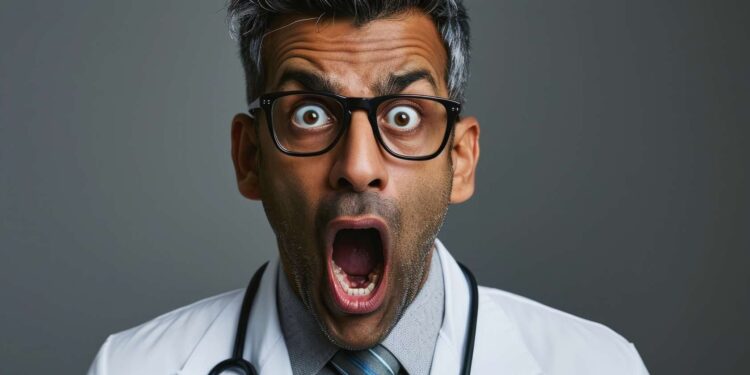Rare birth. A Siamese child has just been born in India. The first known case of a two-headed child dates from the 12th centurye century. Since then, although science has still not revealed the origin of their births, one theory seems to prevail.
A couple from the village of Basauda, India, have just welcomed a rare baby into their family. This one has two heads and three arms. Initially, the ultrasound suggested that the mother would give birth to twins. SiameseSiamesethe child suffers from a pathology called Dicephalic parapaguswhich means that two brains share the same body, and are linked by a pelvispelvis and a common abdomen. More precisely, we are talking about Dicephalic parapagus tribrachiussince he has developed three arms: “ sorting » for “three” and “ brachius » for “arm”.
Siamese children only represent one in 50,000 to 100,000 births. Among them, two-headed twins are only 11%. The extreme rarity of this phenomenon means that scientists are unable to study it properly. Therefore, we do not know the exact cause. The most popular theory states that this would come from a failure of separationseparation embryos.
More than DNA in common…
In humans, there are three types of twins: dizygoticdizygotic, monozygotic, sesquizygous. Dizygotes result from double ovulation, which leads to double fertilizationfertilization, and to “fraternal twins”. Monozygotes arise from a single ovulation with a single fertilization, but the egg cell separates in two, subsequently forming two perfectly identical individuals. While sesquizygotes, even rarer, have the same DNADNA maternal but distinct paternal DNA because only one ovumovum was fertilized by two spermsperm.
In the case of conjoined twins, we would therefore see monozygotic twins. And for some unknown reason, the egg cell would only partially separate, resulting in two individuals who share part of their body. Depending on where the bodies are fused, as well as shared organs and limbs, surgery may be able to separate the two babies. Unfortunately, for young Indians, this will be impossible. Indeed, they have several vital organs in common, in particular the heart… Which is not a good sign for their life expectancylife expectancy. They are currently under 24-hour observation at Vidisha Sadar Hospital.



